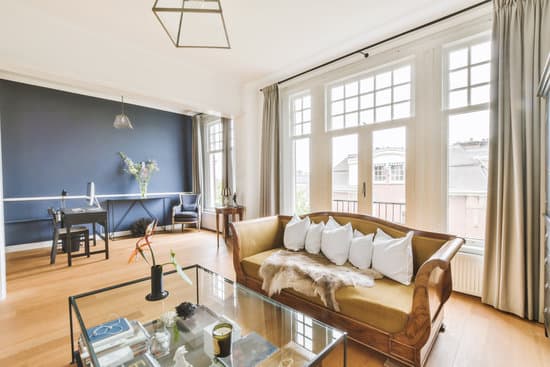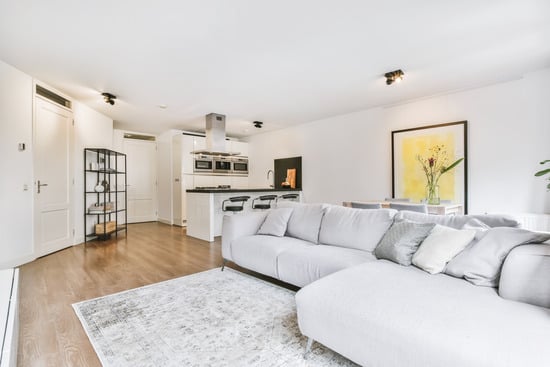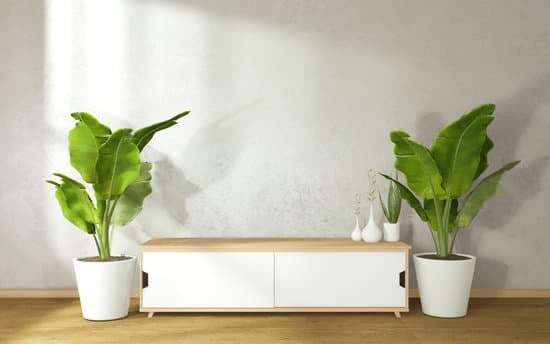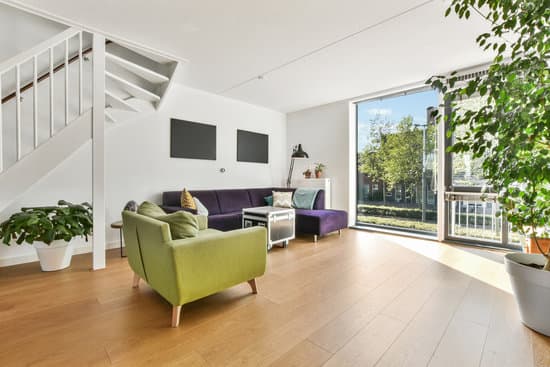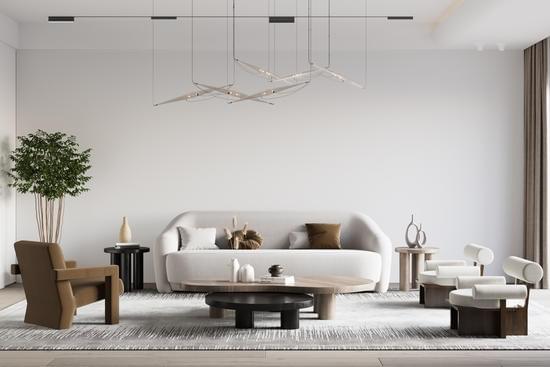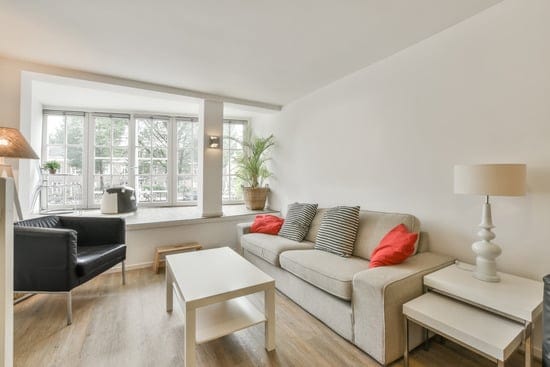Looking to create a playroom in your living room? With the right furniture, layout, and safety considerations, you can transform your space into a safe and educational haven for your little ones. In this article, we’ll guide you through choosing the right furniture and storage solutions, designing a kid-friendly layout, incorporating interactive elements, and creating an environment that prioritizes safety and comfort. Get ready to balance play and functionality in a way that will keep both kids and parents happy!
Choosing the Right Furniture and Storage Solutions
You’ll need to choose the right furniture and storage solutions for your playroom in the living room. When it comes to creating a safe and stylish play area, toy organization is key. Start by selecting child-friendly furniture that prioritizes safety, such as rounded edges and sturdy construction. Look for pieces that are easy to clean and maintain, as spills and accidents are bound to happen in a playroom setting. Utilize clever storage solutions like bins, baskets, and shelves to keep toys organized and easily accessible. Consider incorporating wall-mounted units or bookcases with cubbies for added storage space. Ensure that all furniture is securely anchored to prevent tipping hazards. By carefully selecting furniture and implementing effective toy organization strategies, you can create a functional and safe playroom within your living room.
Designing a Kid-Friendly Layout
To create a child-friendly layout, start by arranging the furniture in a way that maximizes space and encourages movement. Designating a specific play area within the living room can help keep toys and activities contained. Place a soft rug or play mat on the floor to define this space and provide a comfortable surface for kids to play on. Opt for furniture with rounded edges to minimize the risk of accidents. Consider investing in multi-functional pieces like storage ottomans or coffee tables with built-in toy storage to maximize small spaces. Keep walkways clear and ensure that there are no sharp corners or hazardous objects within reach of little ones. By creating a designated play area and maximizing small spaces, you can design a kid-friendly layout that promotes safety while still allowing your child to have fun in the living room.
Incorporating Educational and Interactive Elements
Incorporating educational and interactive elements into the layout can enhance your child’s learning experience. By including interactive learning tools, such as puzzles, alphabet mats, and educational games, you can create a fun and engaging environment for your little one. These tools not only help develop their cognitive skills but also promote problem-solving and critical thinking abilities. Additionally, sensory play activities like sensory bins filled with objects of different textures or a small indoor sandbox can provide tactile stimulation and ignite their imagination.
When designing the playroom, make sure to prioritize safety by opting for non-toxic materials and securing furniture to prevent accidents. Choose age-appropriate toys that are durable and easy to clean. Consider incorporating storage solutions that allow your child to access their toys independently while keeping the space organized. Creating an educational and interactive playroom in your living room not only keeps your child entertained but also fosters a love for learning from an early age.
Creating a Safe and Comfortable Environment
When designing the space, prioritize safety and comfort for your child. Creating a safe and comfortable environment is essential to ensure that your child can play freely without any hazards or discomfort. Here are some childproofing tips to consider:
- Install outlet covers and cabinet locks to prevent access to electrical outlets and dangerous objects.
- Secure heavy furniture to the wall to avoid tipping accidents.
- Use soft flooring materials like foam mats or rugs to provide a cushioned surface for playtime.
- Remove any small objects or choking hazards from the play area.
In addition to safety measures, creating a sensory play area can enhance your child’s experience. Consider adding elements such as textured walls, colorful lights, musical toys, and different textures of fabrics. These additions will stimulate their senses and promote cognitive development in a safe and comfortable environment.
Balancing Play and Functionality
To balance play and functionality in your child’s space, consider organizing storage bins or shelves for easy access to toys and materials while still maintaining a tidy and functional environment. Maximizing space is crucial when creating a playroom in the living room. Utilize vertical storage solutions like wall-mounted shelves or hanging organizers to make the most of the available area. Clear plastic bins or labeled baskets can help keep toys organized and easily accessible for your child. Consider using furniture with built-in storage options, such as ottomans or benches with hidden compartments, to keep clutter at bay. By strategically placing these storage solutions throughout the room, you can create designated play zones without sacrificing usable space. Remember that safety should always be a priority, so ensure that heavy items are securely anchored and sharp edges are padded to prevent accidents during playtime.
Conclusion
So there you have it! By following these tips and tricks, you can easily create a playroom in your living room that is both functional and fun for your little ones. Remember to choose the right furniture and storage solutions, design a kid-friendly layout, incorporate educational and interactive elements, and create a safe and comfortable environment. With the perfect balance of playfulness and practicality, your living room can be transformed into a space where your children can let their imagination run wild while still maintaining its functionality for the whole family. Get ready to enjoy endless hours of playtime right in the comfort of your own home!

